Hi Richard, an impressive and respectable number of Studebaker variations you have! I have a lonely grey one ...![]()
By the way, Richard, according to the standard topics list in the PDF library, and in order to avoid a random listing of threads, the header of this thread should read:
--39f Studebaker State Commander (1939-50)
Kind regards, Jan
Some more remarkable images relating to the making of this model. The large factory drawing of job no. 12044 was auctioned by Christie's South Kensington in September 1996. The horrible condition of this document explains why no date could be established to be included in the list in The GBofDT. Let's hope the present owners take good care of it.
The yellow wooden mock-up is presently in Paris. This, and the majority of the other known mock-ups are presented in detail on Vincent Espinasse's L'Autojaune blog: https://autojauneblog.fr/2016/07/10/messieurs-les-anglais-tirez-les-premiers/
Finally the French 1949 production of the Studebaker underneath, showing the French imprint 'Fab en France par Meccano' and the all-metal wheels. Kind regards, Jan
This pre-war 39f with black smooth hubs, pre-war thin axles and a lacquered base plate arrived just a day before Christmas as a last present this year. It is in the harder to find colour yellow, the same colour as the Mock-up above. This pre-war model in yellow with a lacquered base plate is very hard to find in any condition. For me it's also a symbol of one of the last production runs before the stop due to WWII. Series 39 is one of the most beautiful car series ever made about which I like to add some additional information with pictures.
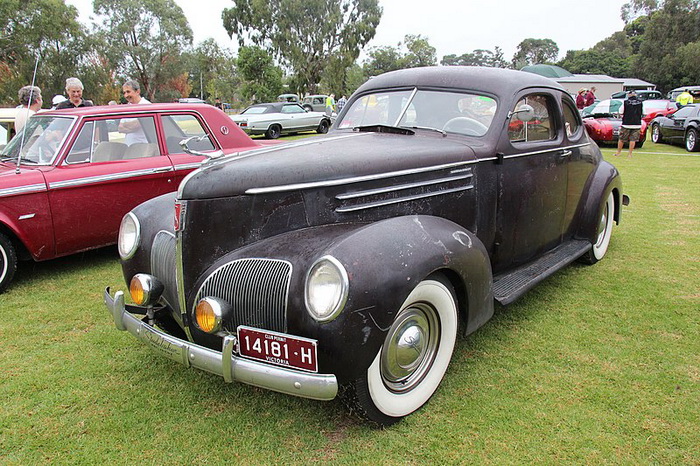
1939 Studebaker Commander Coupé
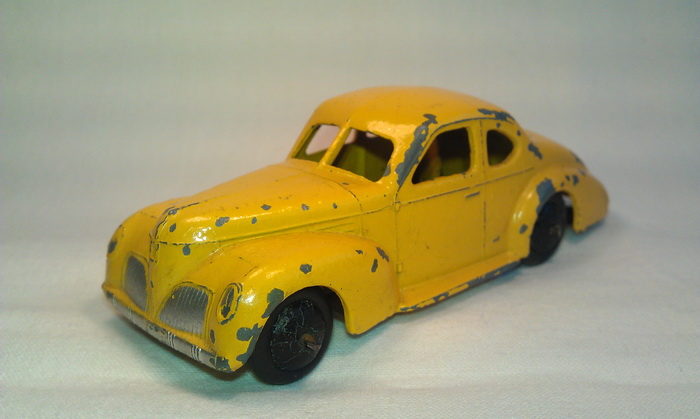
My pre-war 39f
This one is still in original, but unfortunately played-with condition with a lot of paint loss, but I mainly looked for the presence of a lacquered base plate. I really like the yellow colour of the body which paint is still in shiny condition. Only the smooth hubs have very slight traces of fatigue, but I can't find any trace of fatigue on the body that most pre-war items have. The smooth and shiny lacquered base plate is particularly beautiful and looks silver-coloured, but under other light it shines up as gold or beige-coloured. I therefore find it difficult to define the correct colour. In real more beautiful than I can show in the picture. All pre-war base plates of the 39 series are lacquered, the post-war are black. All 39 Series base plates are loose and held in place by the axles except the 39c Lincoln Zephyr Coupe, which has three pillars, on which the base plate is riveted.
39f belongs to the series 39 Sedans and Coupes or Saloon Cars and was introduced in MM of June 1939 with the announcement: Ready July and then in MM of August: Look out for these! So it is not entirely clear when this series was really available for sale. In the run-up to WWII, Meccano Liverpool at that time mainly focused on military models. The lack of clarity of availability was in the same time also the case with the series 38 Sports Cars, of which only 3 of the 6 before WWII were released.
The No.39 series even appeared in wartime in the 1940 Canada catalogue with prices and in the July 1941 USA catalogue without prices and was one of the last produced car series before and in WWII. The 39 series were all big American cars and I think Meccano Liverpool special focused on the American and Canadian market with this. Despite the sale stop of 30 September 1943 because of the war effort the 39d Buick "Viceroy" Saloon Car was still advertised in MM until September 1944 and was in wartime apparently still available or acted only as an advertising symbol for Dinky Toys products?
Richardson describes the 39 series on page 63 in DT&MM as follows: "The group of vehicles numbered 39 constitute a new concept in Dinky Toys. They had one piece diecast bodies with flowing lines and were accurate representations of specific vehicles with tinplate baseplates inscribed with the vehicles names. Though it was not the first time that Dinky had issued such accurate models, these are the first in the scale that came to be used for most of the toy cars for many years to come, and also the first to use this form of construction."
Very unique is that in the 1939 UK Dinky Toys catalogue series 39 was included with a technical description of each model. The pre-war 39f was available in a yellow trade box of six with box number A2291 or in Gift Set 39 USA Saloon Cars from 1939-1941.
As is known, all 6 of the 39 series models were post-war re-issued. The post-war 39 series appeared for the first time again in the Meccano UK price list of November 1945, with only a total of 54 models for sale at the time.
39f with the complete series 39 last appeared in the 1950 USA catalogue. After that, the 39b to 39e remained only as export available in the USA of which 39b, 39c and 39e as 2-tone up to and including USA catalogue 1952. The 39a, 39d and 39f were never sold as a 2-tone.
Due to scarcity of French car models after WWII, the British 39f and 39a were in 1949 imported by Meccano Bobigny and only appeared for one year in the French 1949 catalogue. So they were produced and sold in France for a very short time!! They were fitted with a black French baseplate and black metal wheels as shown by Jan W above, later with black rubber tires. 39f was sold as 24o in France and the British 39a Packard Super Eight Sedan was sold as 24p in France.
I am very happy with this pre-war 39f with which I have completed my range USA Studebaker cars.
Jan Oldenhuis 29 December 2020.
Hello Jan,
I'm a new member of DTCA, and am greatly enjoying being so. Many congratulations on your acquisition of the most attractive pre-war Studebaker 39f - but also, many thanks for posting such a wealth of interesting supporting material. Such material adds enormously, in my view, to the pleasure of collecting.
With kind regards from Mark
Hi Mark.
Thank you very much for your kind comment and welcome to the club. We welcome your contributions.
Have a good New Year. Kind regards, Jan O
That's a very nice find Jan. I have only the post-war versions but the 39 series are fine models and I hope to come across an affordable pre-war example one day.
Dear Jan O.
Thank you for your interesting and comprehensive post about the Studebaker. As I like things to be accurate, I have two comments.
One does not and will probably never know if the 24P and 24O were imported into France or if the tools were sent from Liverpool to Bobigny. I think that the English dies have been used in Bobigny but there is absolutely no evidence for this except that the import duties were probably lower for a die than for hundred of raw castings.
Thanks to the brexit these duties will be applicable again in a couple of hours.
The word "lackered" is often used about the tin plated baseplates of the 38 and 39 series. Is this word correct ? These baseplates are obviously tin plated which gives them a matt grey colour but some seem to have been varnished which gives them a glossy yellowish colour. If they are varnished then the word "lackered" is not correct. For the black baseplates Meccano often used the word "enameled". What is the origin of the use of this "lackered" word ?
The spelling should be "lacquered" not "lackered." To a layman such as I lacquer and varnish ate really quite similar, but varnish is made from resin and thinner and is clear when new, whereas lacquer is solvent-based and can be produced in many different colors.
Jacques. Thank you for your technical addition. All I can say is that my 39f base plate is shiny and not matte coloured. Obviously I do not know the process that was used for these prewar base plates and I cannot further explain the use of the English word "lacquered".
Indeed, due to Brexit, we will soon have to pay from € 22 VAT and from € 150 import duties. That unfortunately makes it less attractive to buy DT's from the UK if you can also buy it in the EU. Fortunately, I was able to make nice purchases from the UK on time, such as this 39f.
Have a nice New Years eve and a Happy New Year.
Kind regards, Jan O
Jacques, wouldn’t the very statement embossed in the Studebaker’s baseplate ‘Fab en France par Meccano’ (legally) mean that the model is entirely produced in France (using the British die there) and that the statement ‘Assemblé en France …’ means that (mainly) British-made parts, including British cast parts, have only been assembled in France?
And, Jan, I agree, this is a black day for EU collectors (of anything) who tend to buy some or many of their additions in the UK. That’s why I have bought considerably more Dinky Toys than ever in the past year, and in the UK in particular. This will be over now …
Nevertheless, a Happy New Year to you all! Kind regards, Jan
This model continues to intrigue me. In comparison with the 1939 prototype, I notice that the prototype has 1 long chrome molding on the sides at the top from front to back, with 2 shorter chrome moldings underneath on the bonnet.
On the DT 39f model, the long molding is also clearly visible and it is just visible that the beginning of the 2 shorter moldings below is also fitted on the bonnet, but that these dead ends against the curve of the fender. The mockup shows nothing of these 2 underlying decorative frames.
On the accompanying Meccano drawing of the Studebaker State Commander Coupé, these 2 short underlying moldings on the bonnet are also drawn, but on the original model, only partially applied.
On the actual Studebaker Commander Coupé, the space between the hood and the fenders is much larger than on the DT 39f model, where the hood sits directly on top of the fenders. Is this the result of the technical downscaling?
I like discovering something like that about a model.
Jan Oldenhuis, 14 January 2023
Dear Jan,
If you could measure accurately the width of the longer moulding, you would probably find that it is at a much larger scale than the car. When making a mould, there are things which can not be made very small. The longer moulding probably does not leave enough space for the two short ones.
A good example is the front grille of the Buick Roadmaster which has 19 vertical members when the actual car had 25. The same applies to the Peugeot 203 which has six horizontal lines when the actual car has seven.
There must be other examples.
Whilst I like the 39 series cars - the Lincoln is my favourite - I have always felt that something was not quite right with the Studebaker. I'm sure some will think it wrong but, at some point, I want to modify the window apertures of poor example and see if I can get the result to look more like the prototype.
I have yet to select a victim so let me know if you have a battered State Commander that you're willing to sacrifice.
Jacques and John. Many thanks for your contribution.
A comparison of the photos below clearly shows that Meccano Liverpool did not succeed in recreating the curved curves of the fenders to the bonnet and the curved connections from the fenders to the bonnet. The lines of the bonnet of the Dinky Toys model are also too deep compared to the prototype. Given the chrome molding of the hood of the prototype, the lid of the hood is not as deep as the DT model shows.
As a result, the proportions are no longer correct and there is therefore no room for the 2 short chrome moldings on the sides of the bonnet. This can be clearly seen by studying the attached photos.
Jan Oldenhuis, 15 January 2023
A couple of photos are much better than a long text. Thank you Jan.
I think that also the side windows of the Dinky are too high. This is prety obvious on the photos of your post # 12 above.
I think that the wings on the Dinky are too high.
And that is the essential problem: basically the wing is not very much too high, it is too straightly extended towards the bonnet. The die did not allow for the recess to be realized downwards from the highest outer part of the wing to the lower side of the bonnet, which is the cause of no space being left to represent the chromium strips over there in my opinion! Kind regards, Jan W
The differences are clearly visible on the outside. I am now attaching a photo of the inside of the model. Perhaps Meccano Liverpool had to compromise on the technical execution of this complex curved front? This is a postwar model with smooth hubs and thick axles.
Very striking is that the mockup does have the curves from the front fenders to the hood, while the fenders of the model just run straight to the hood. Was it technically too difficult to implement?
Jan Oldenhuis, 16 January 2023
Of course, Meccano Liverpool could exactly reproduce a model with curved fenders, as seen here with the 1938 Lagonda Sports Coupé, dating from the same era as the 39f Studebaker Commander Coupé.
According to the Meccano drawing dated 9-1-1939, the model 38c was designed before the war and was issued after the war in April 1946 with 153a Jeep as one of the first new models produced after the war. And it has become a beauty.
I am enclosing photos of the 1938 prototype with Dutch registration and the front of my own model 38c.
Jan Oldenhuis, 18 January 2023
Yes, Jan, but in order to manage that the designers of the Lagonda model had to sacrifice the details (doors) on the sides. Otherwise the casting could not escape from the die. Kind regards, Jan W
By the way, a short article of mine discussing the Lagonda is forthcoming in the next issue of Auto in Miniatuur.
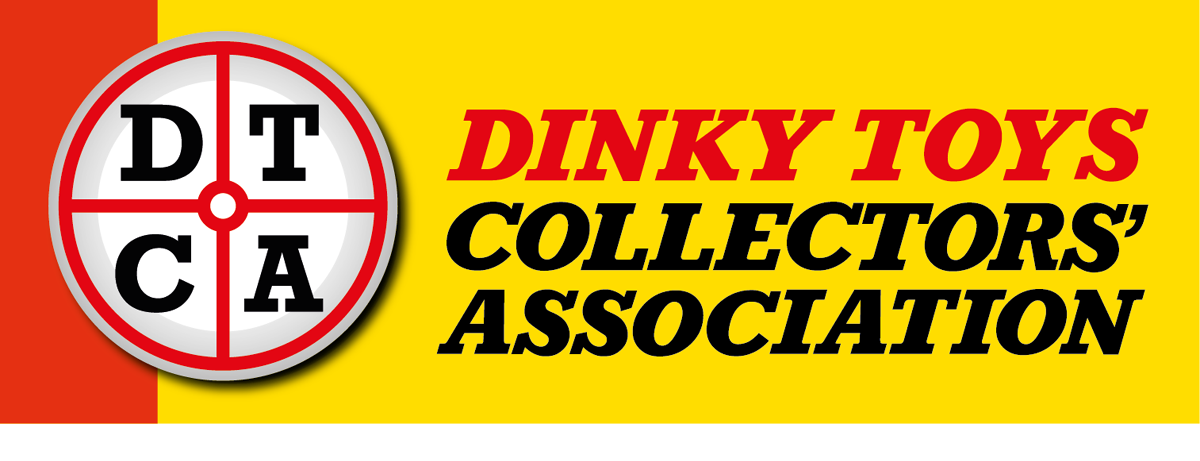

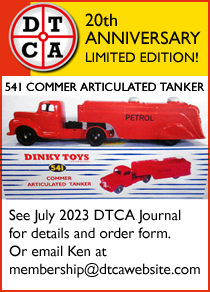


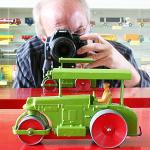



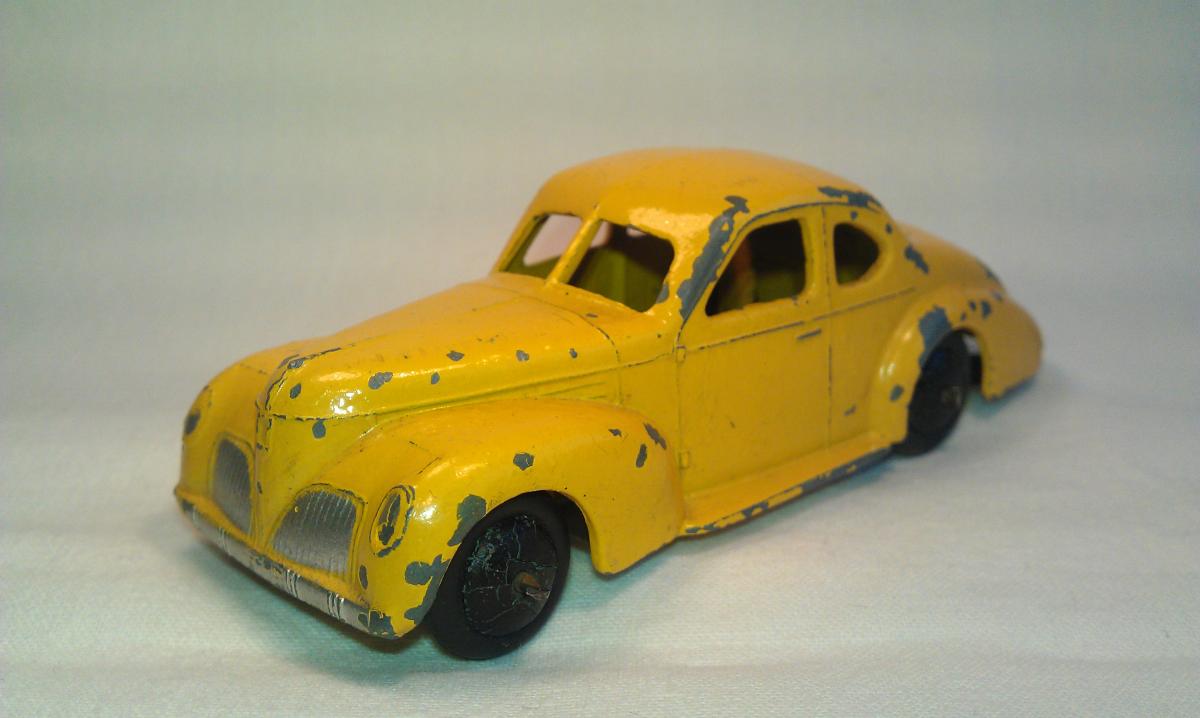
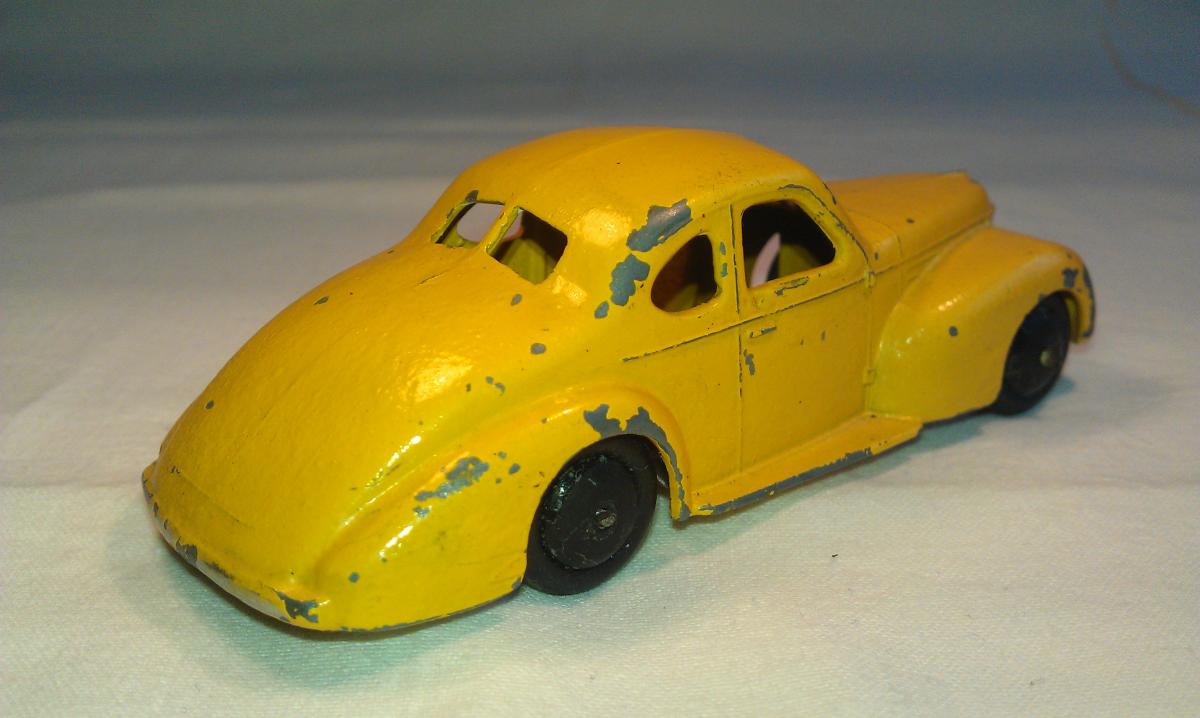
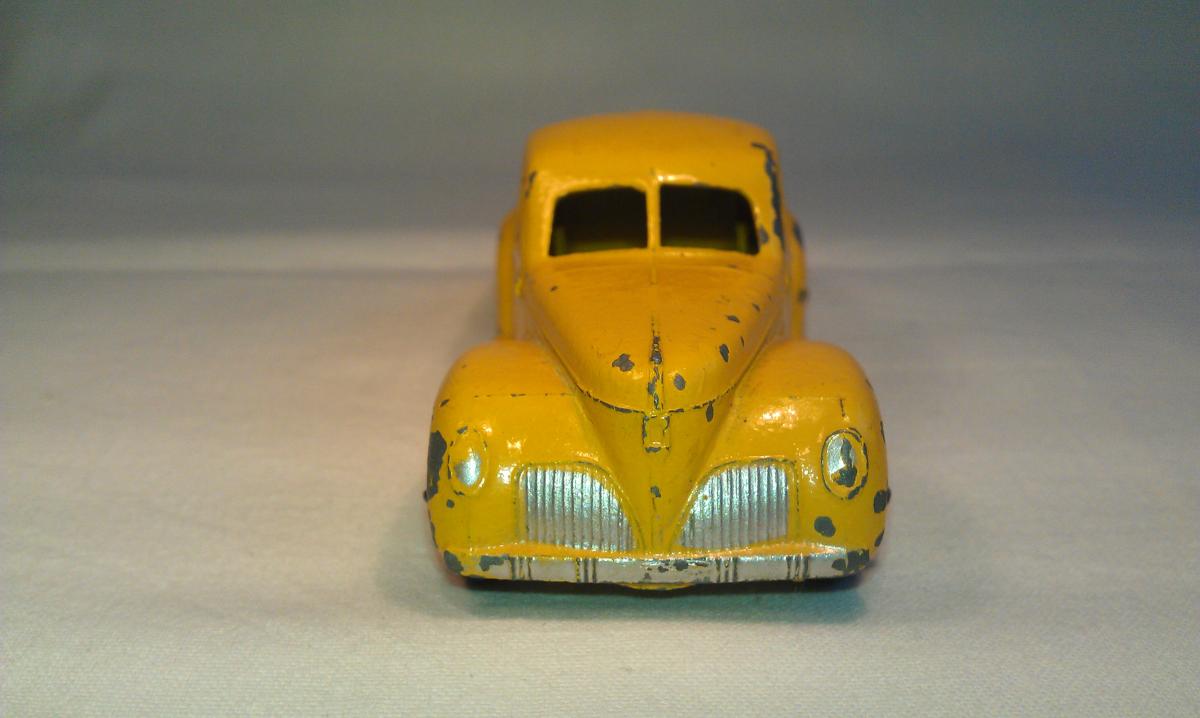

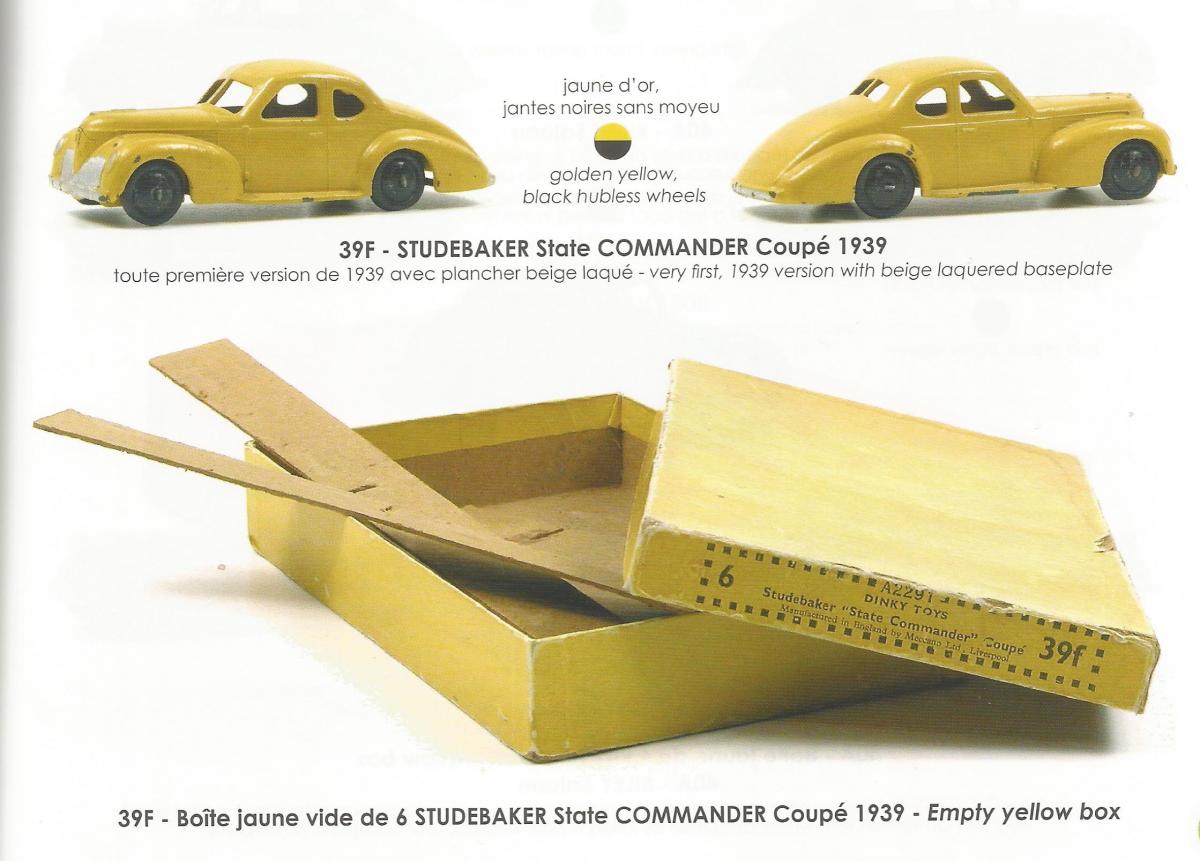

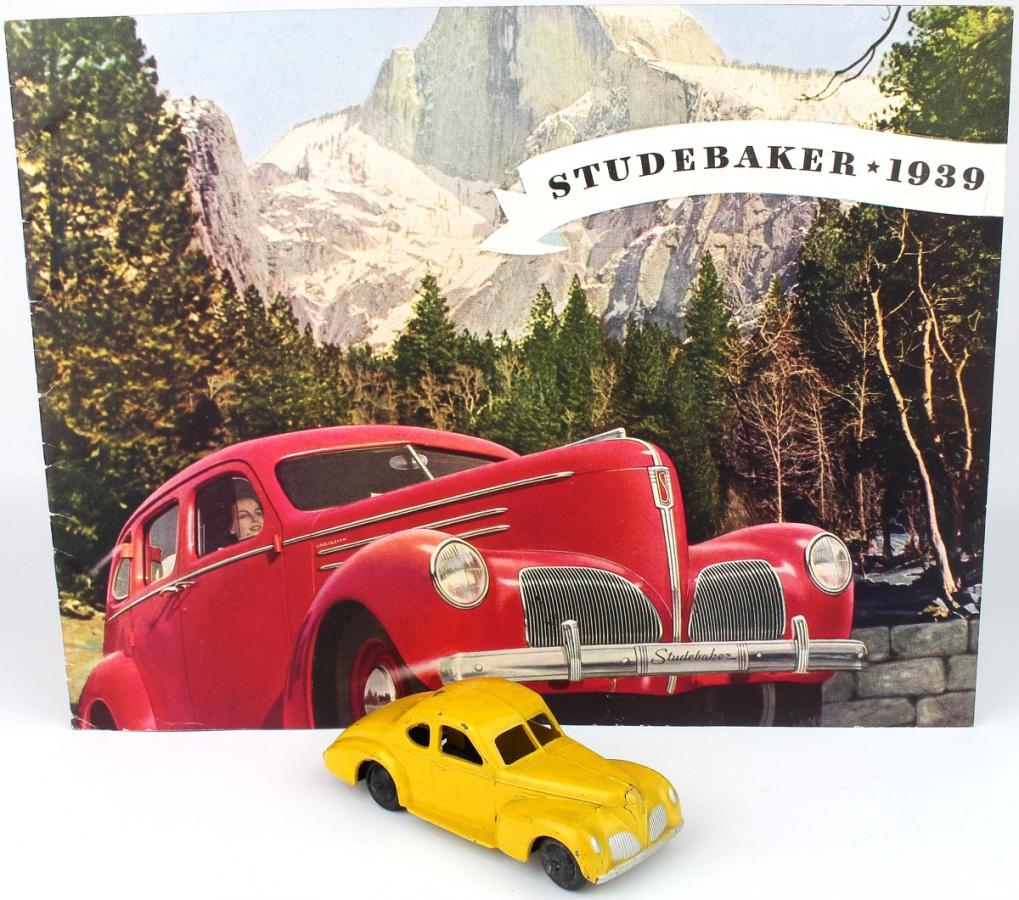
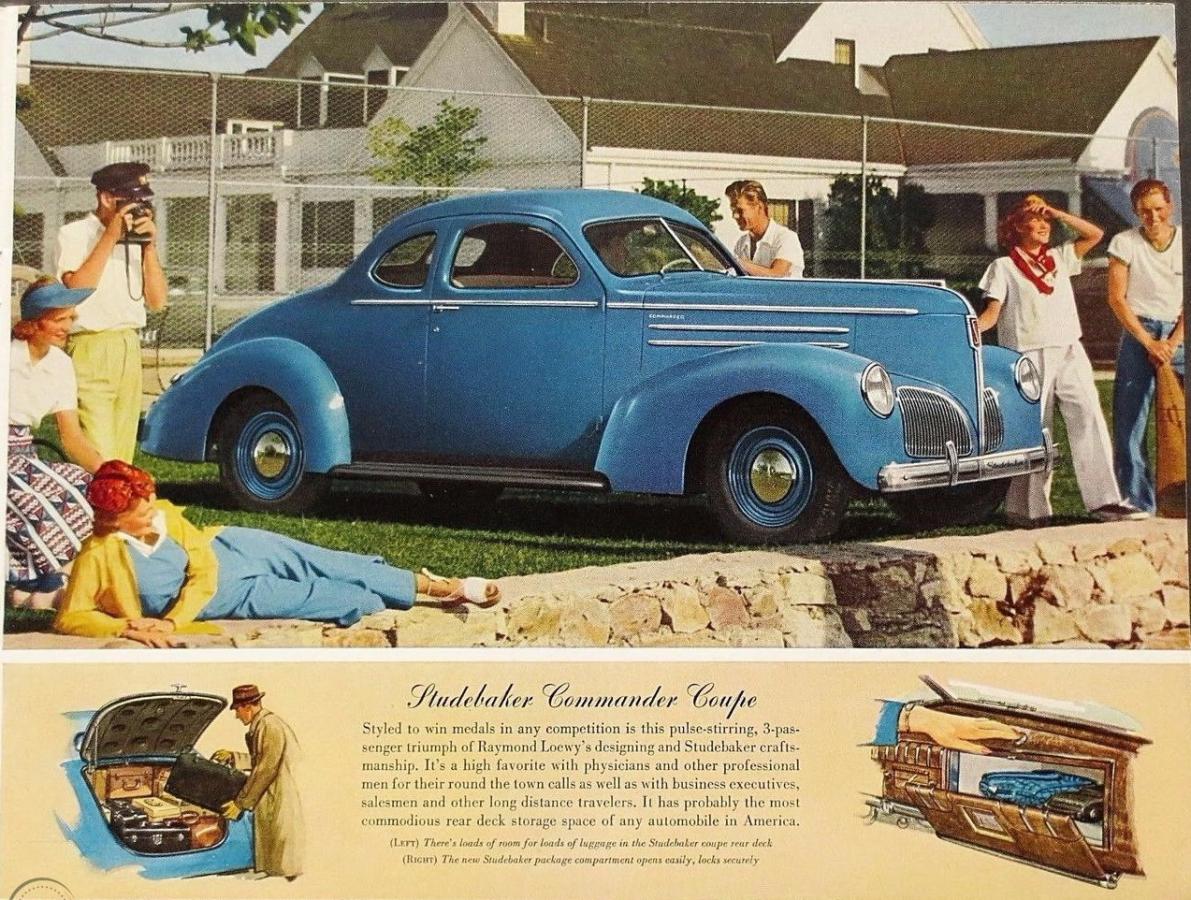


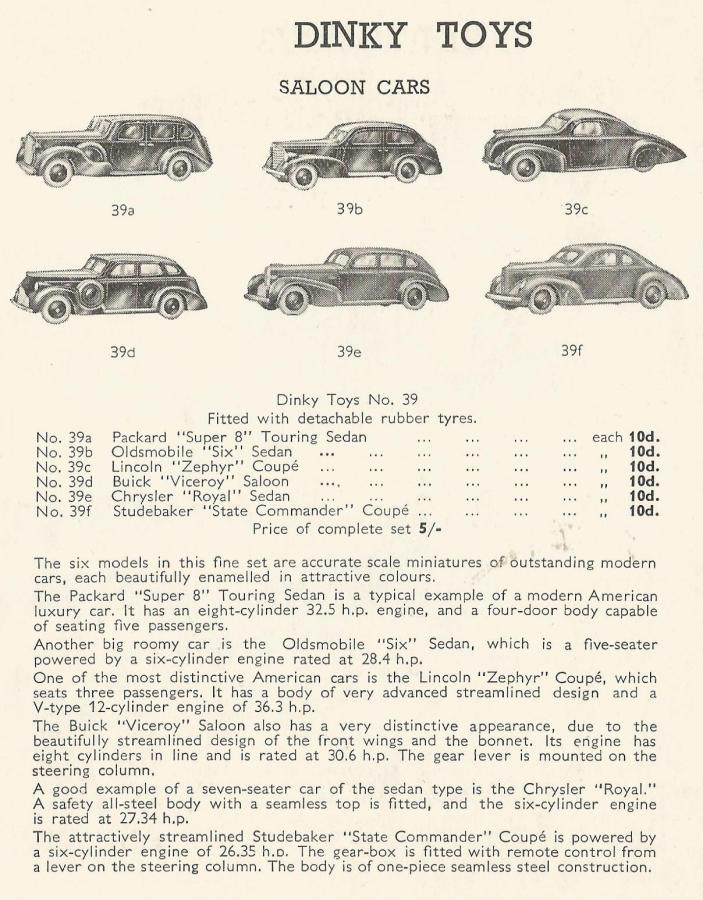
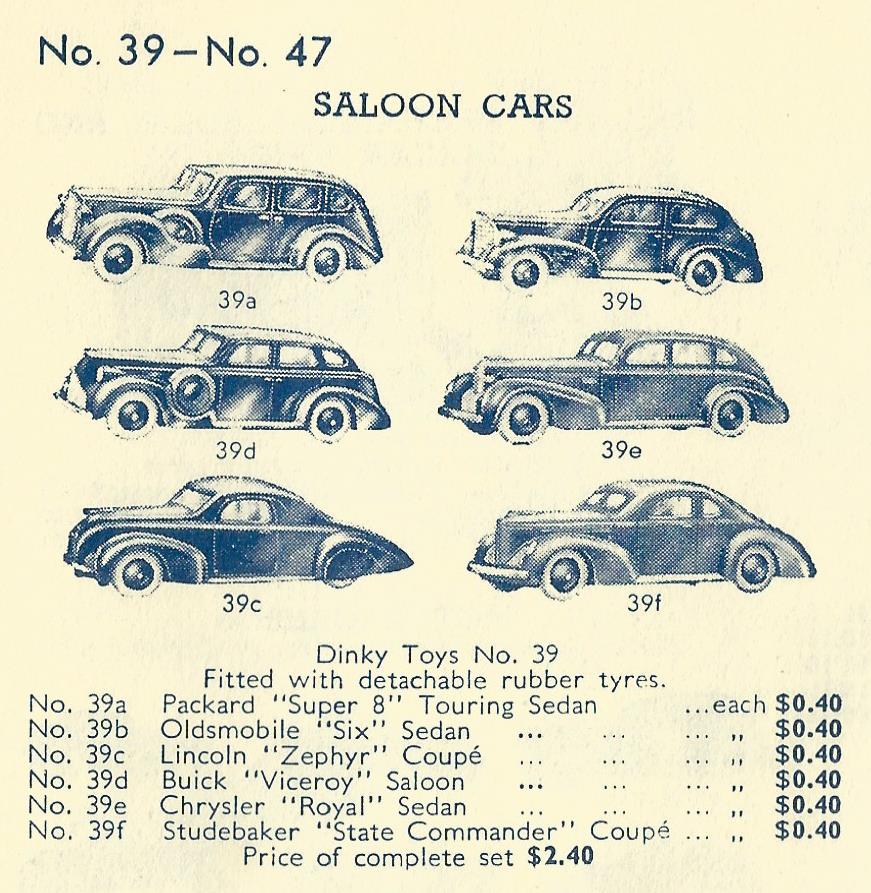
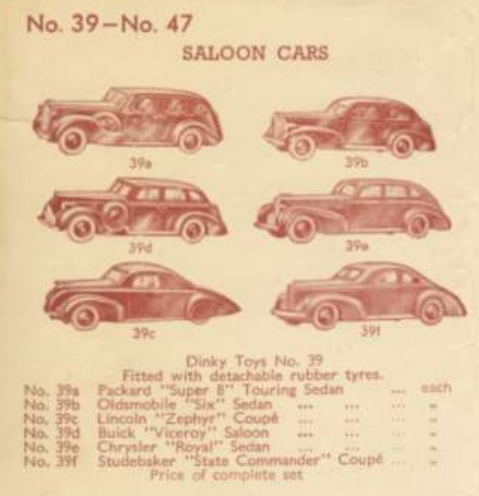
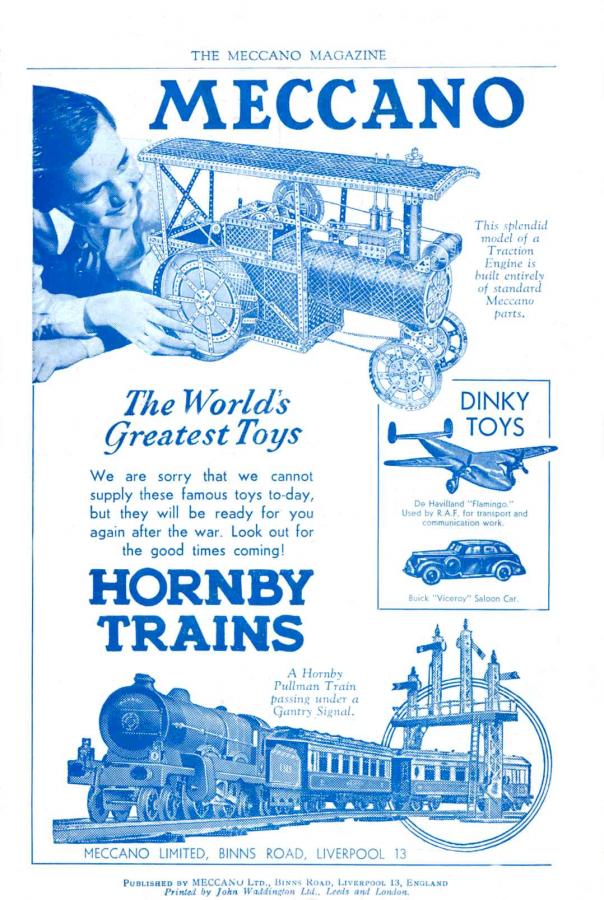
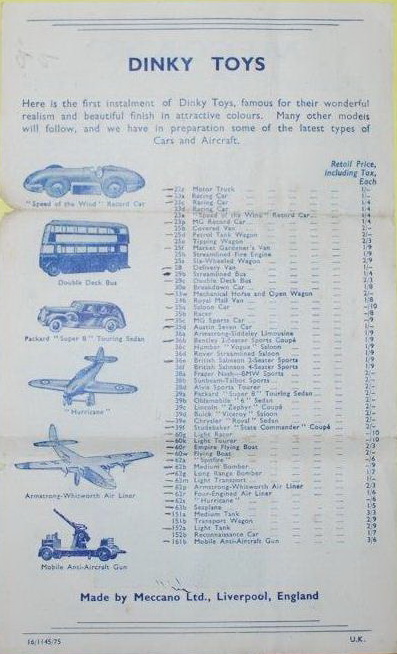


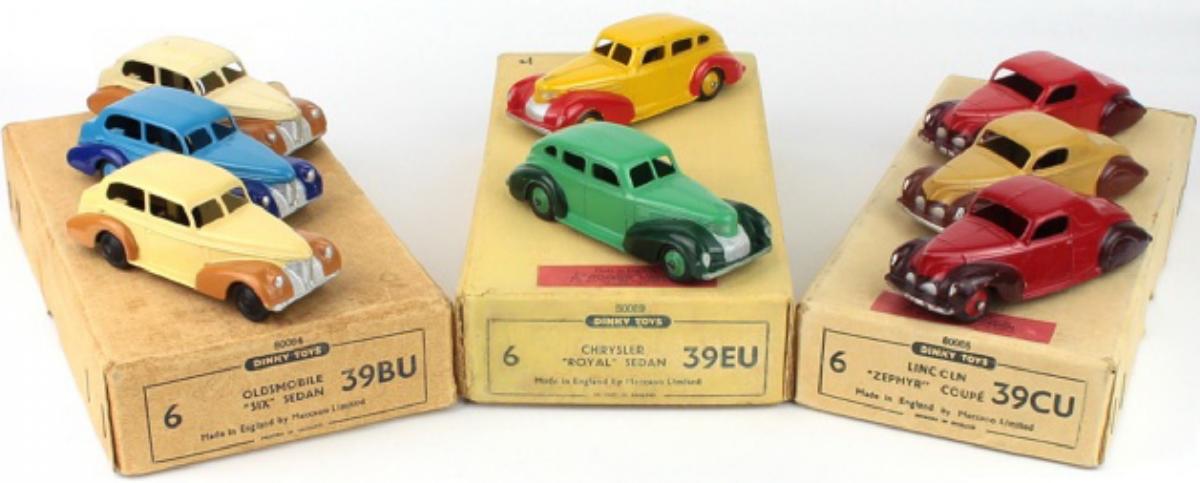
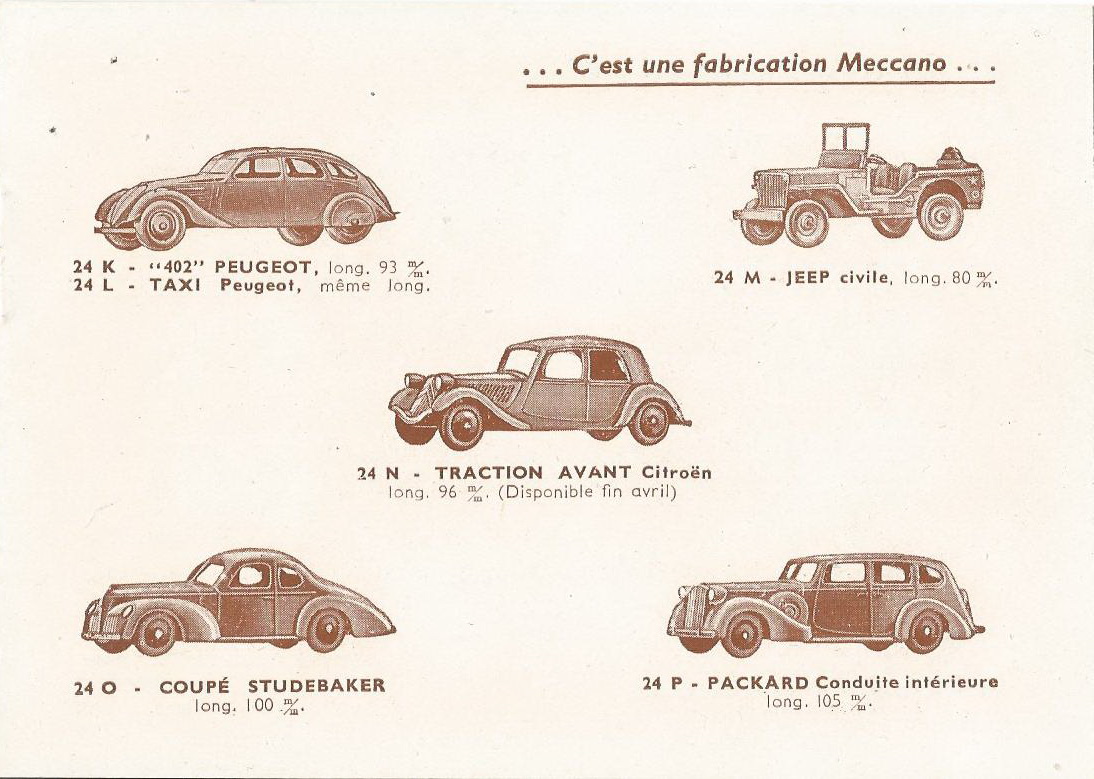
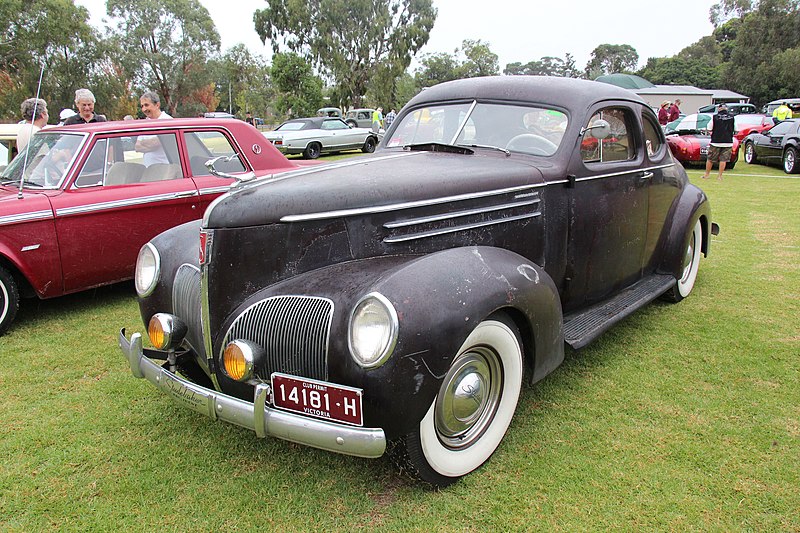




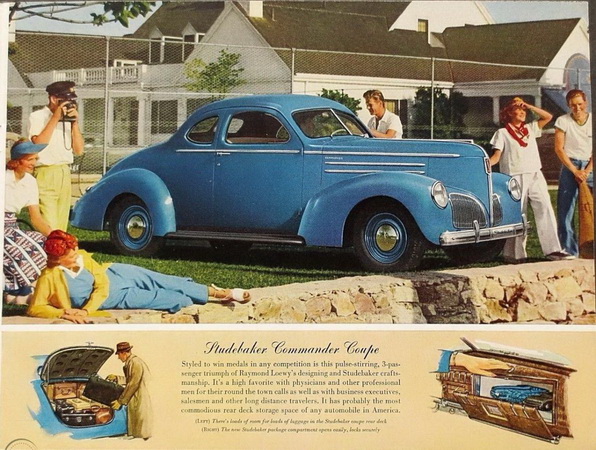
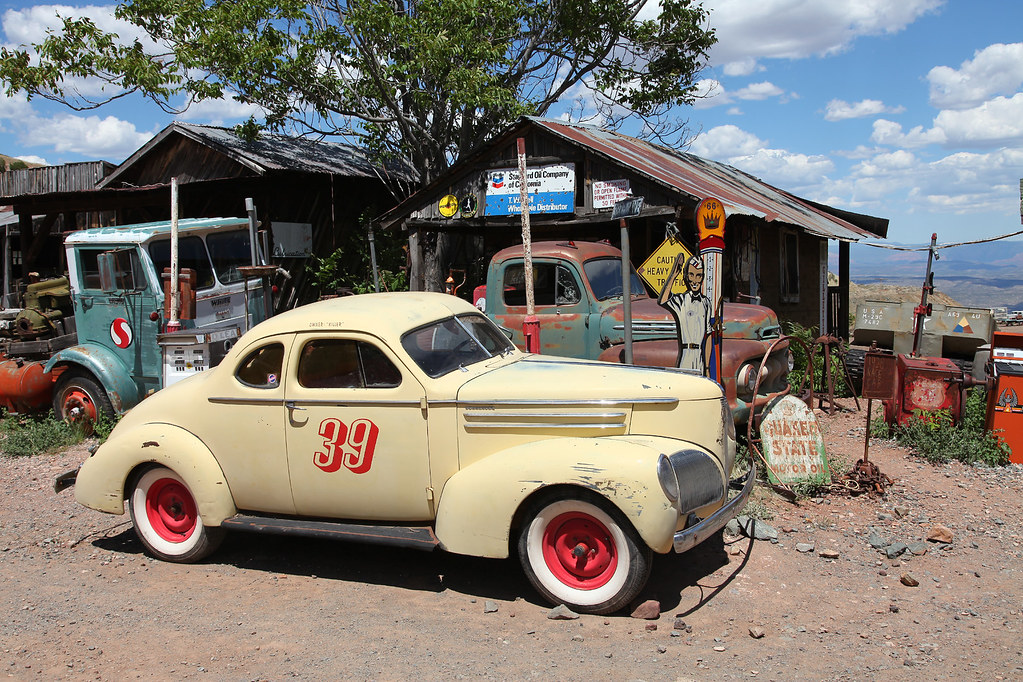

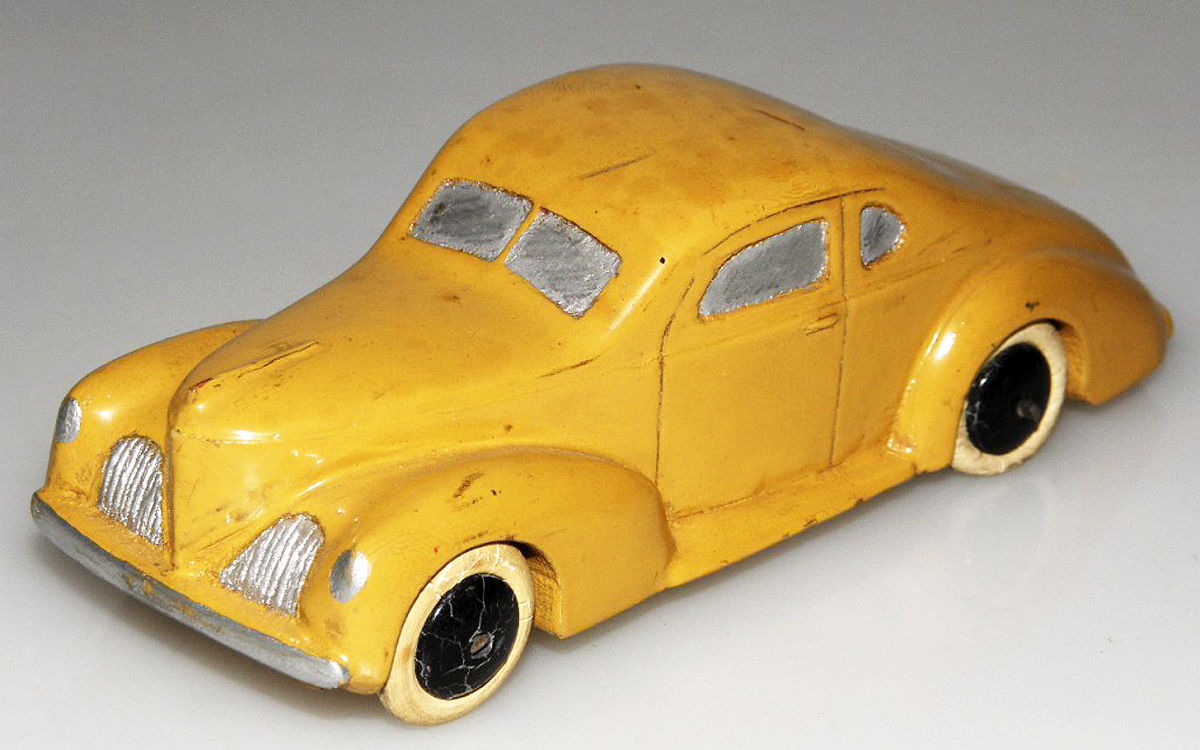
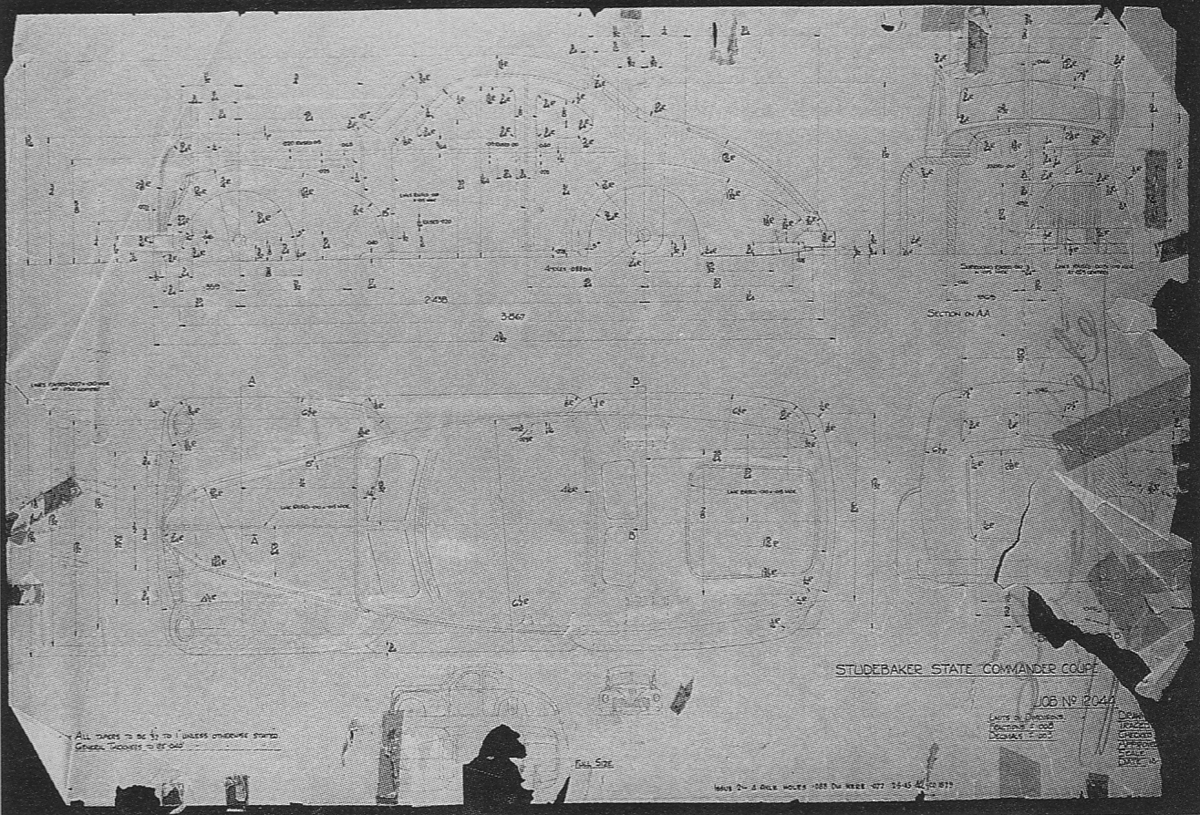

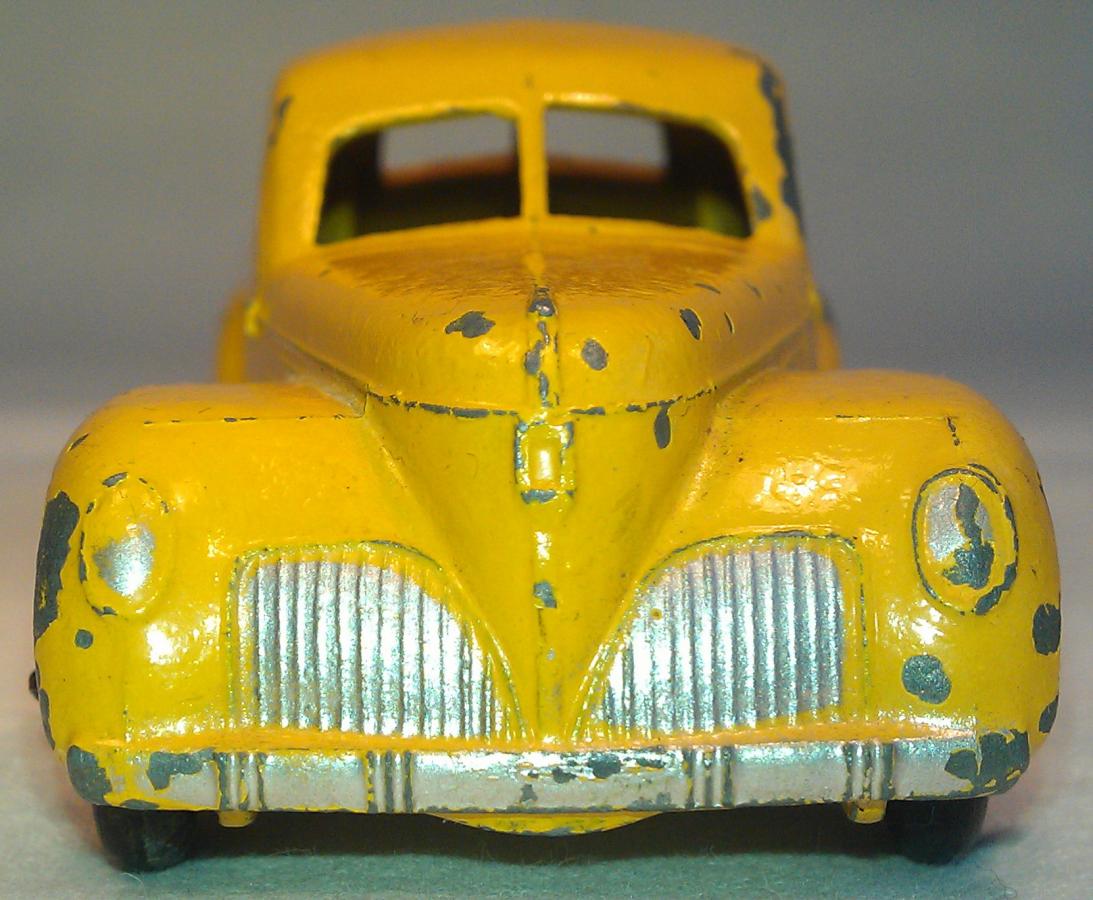
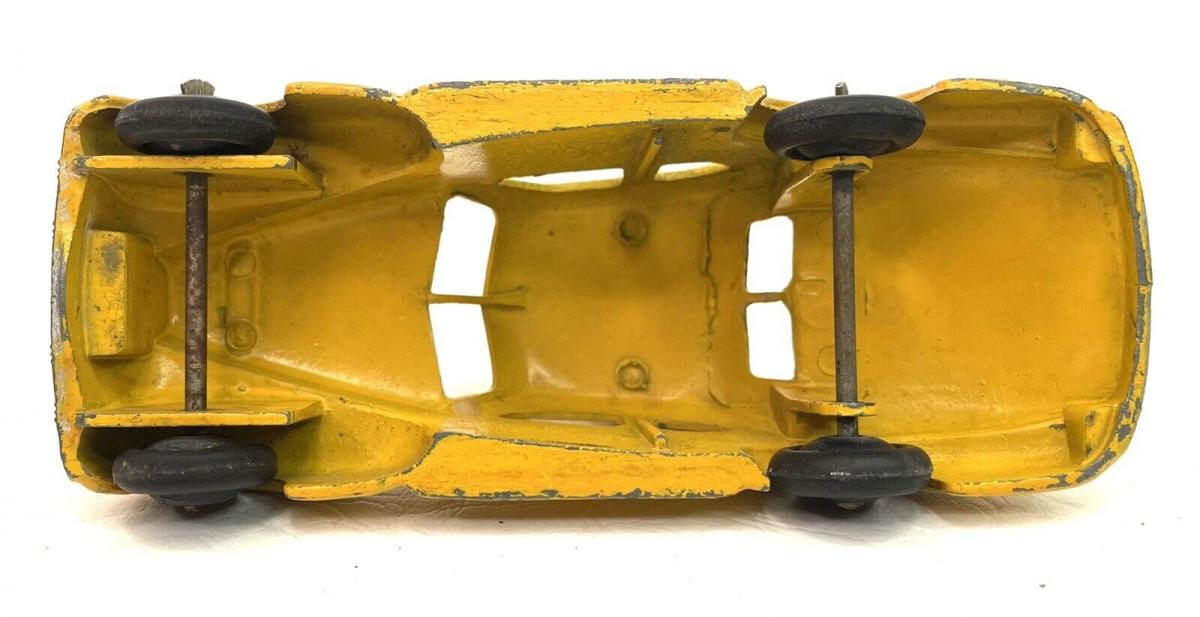
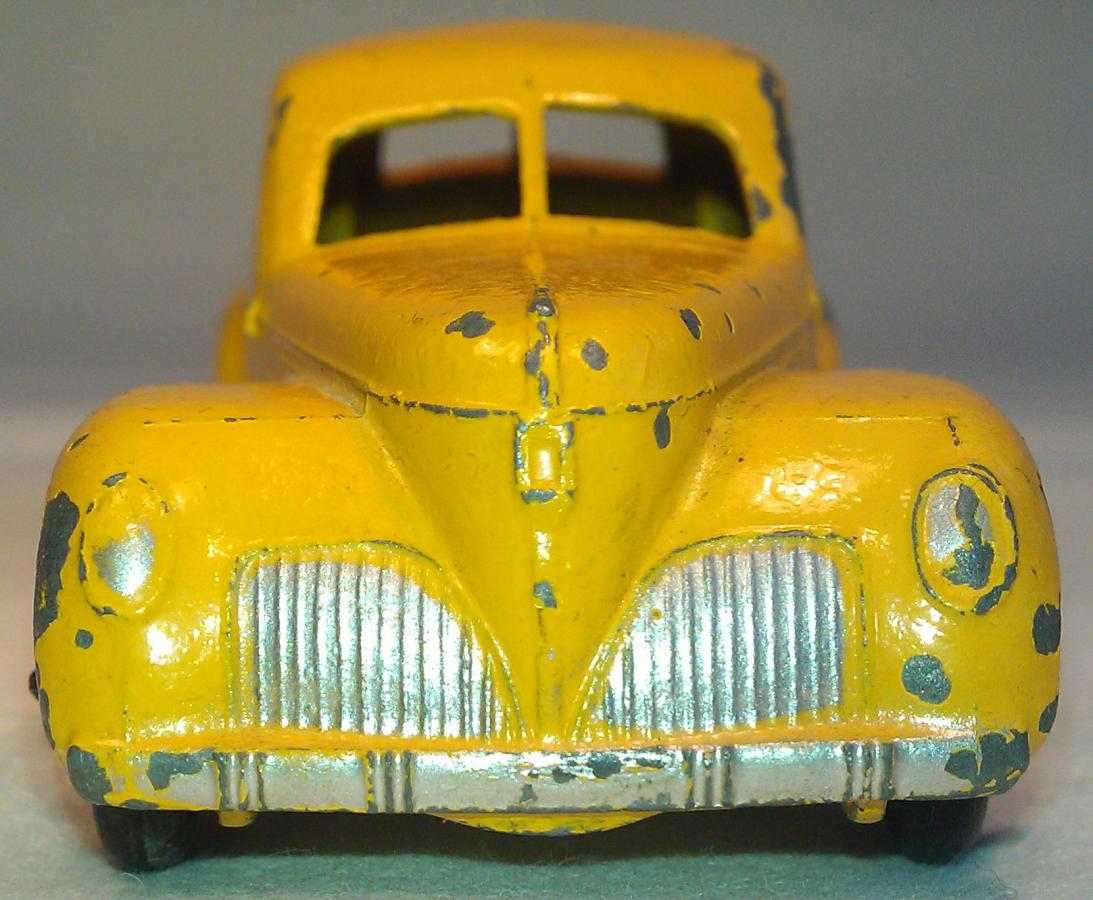
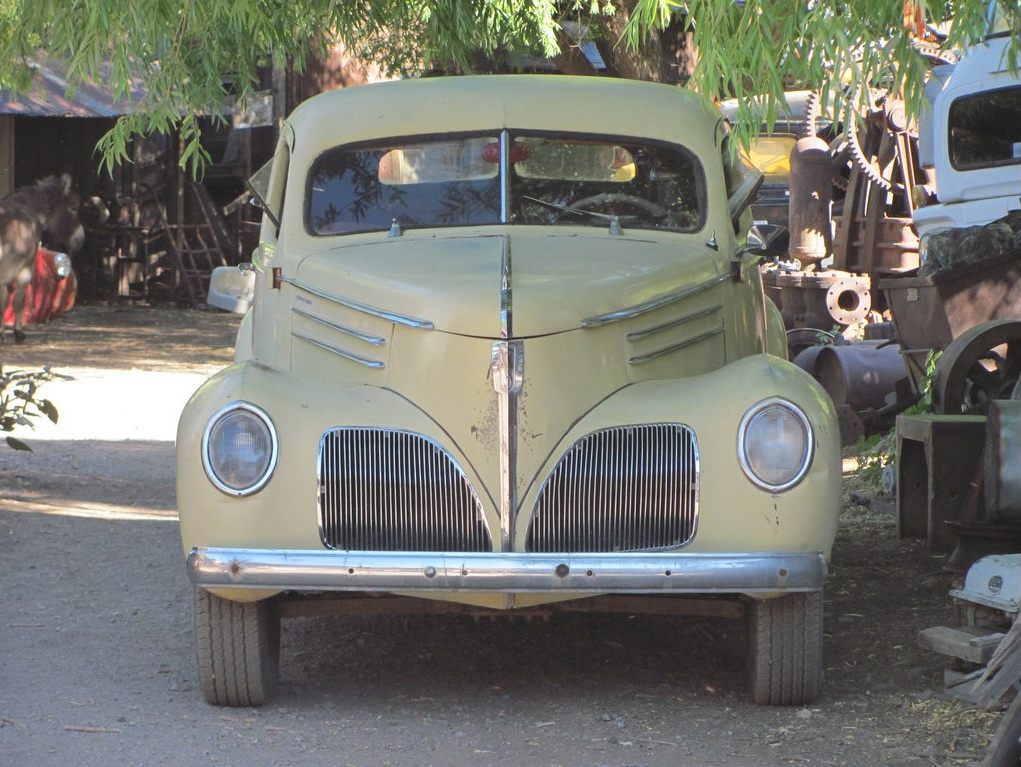



-914 AEC Articulated Lorry (1965-70)
-163 Bristol 450 Sports Coupé (1956-60)
-163 Bristol 450 Sports Coupé (1956-60)
-914 AEC Articulated Lorry (1965-70)
DTCAwebsite upgrade 2023
DTCAwebsite upgrade 2023
DTCAwebsite upgrade 2023
DTCAwebsite upgrade 2023
DTCAwebsite upgrade 2023
DTCAwebsite upgrade 2023
-508 DAF
--14c and 401Coventry Climax Fork Lift Truck (1949-64)
FRENCH DINKY TALBOT LAGO
-Boxes General Discussions including end flaps, both British and French
--14c and 401Coventry Climax Fork Lift Truck (1949-64)
--14c and 401Coventry Climax Fork Lift Truck (1949-64)
-508 DAF
DTCAwebsite upgrade 2023
DTCAwebsite upgrade 2023
DTCAwebsite upgrade 2023
DTCAwebsite upgrade 2023
DTCAwebsite upgrade 2023
-508 DAF
-508 DAF
-508 DAF
New arrivals
New arrivals
DTCAwebsite upgrade 2023
DTCAwebsite upgrade 2023
ORIGINAL MECCANO DINKY TOYS FACTORY BOX ART 175 HILLMAN MINX SALOON + DRAWING
--29c and 290 Double Decker Bus (1938-63)
DTCAwebsite upgrade 2023
DTCAwebsite upgrade 2023
DTCAwebsite upgrade 2023
DTCAwebsite upgrade 2023